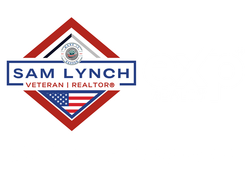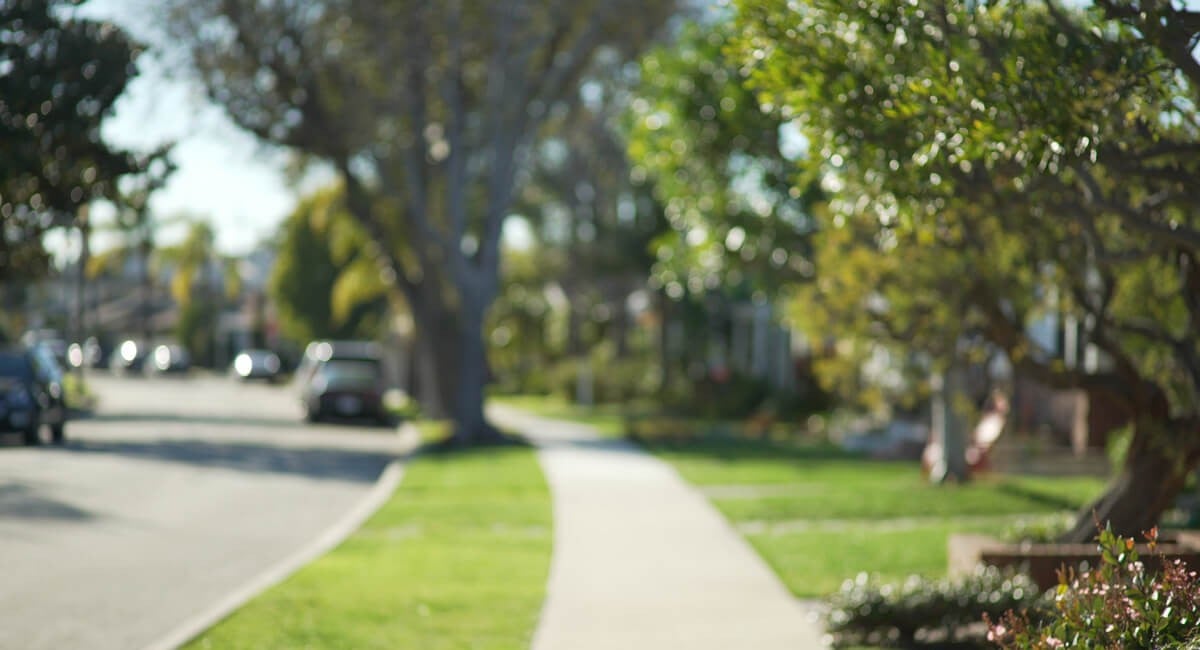Choosing where to live is one of life’s most defining choices. Your neighborhood not only impacts your lifestyle but also influences career opportunities, social connections, and overall happiness. For those relocating to or around Camp Lejeune, North Carolina, this decision becomes even more critical, considering the unique mix of military life, coastal charm, and Southern hospitality.
From the vibrant streets of Jacksonville, NC to the quieter communities of Richlands, Sneads Ferry, Hubert, and Swansboro, there’s a neighborhood that fits nearly every lifestyle. Let’s explore how to make the best choice based on key lifestyle factors—now tailored with local insight for anyone moving near Camp Lejeune.
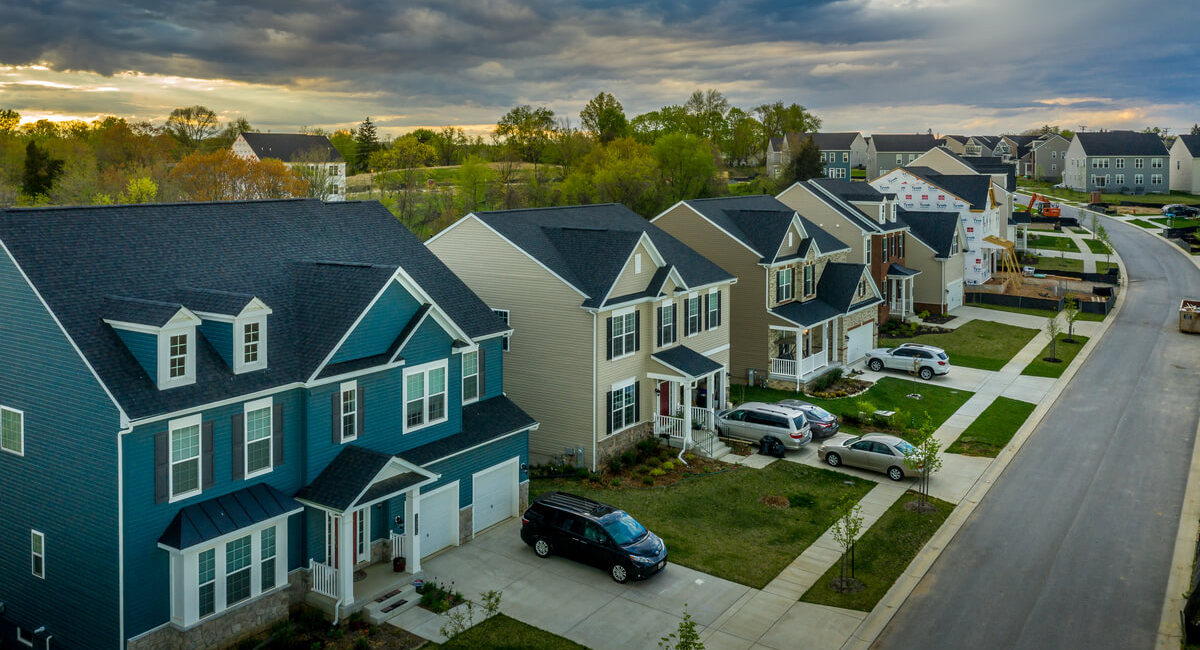
1. Population Density
The first step in choosing your ideal neighborhood is determining whether you prefer an urban, suburban, or rural setting. Near Camp Lejeune, options range from the more urban Jacksonville to the rural tranquility of Maple Hill.
-
Jacksonville, NC offers an urban vibe with easy access to shopping, dining, and entertainment.
-
Swansboro and Sneads Ferry give off a coastal, small-town feel while still being close to the coast.
-
Richlands and Hubert provide rural vibes, ideal for those seeking peace, space, and a tight-knit community.
Whether you’re a single Marine looking for nightlife or a growing family who values a spacious backyard, there’s a perfect match around Camp Lejeune.
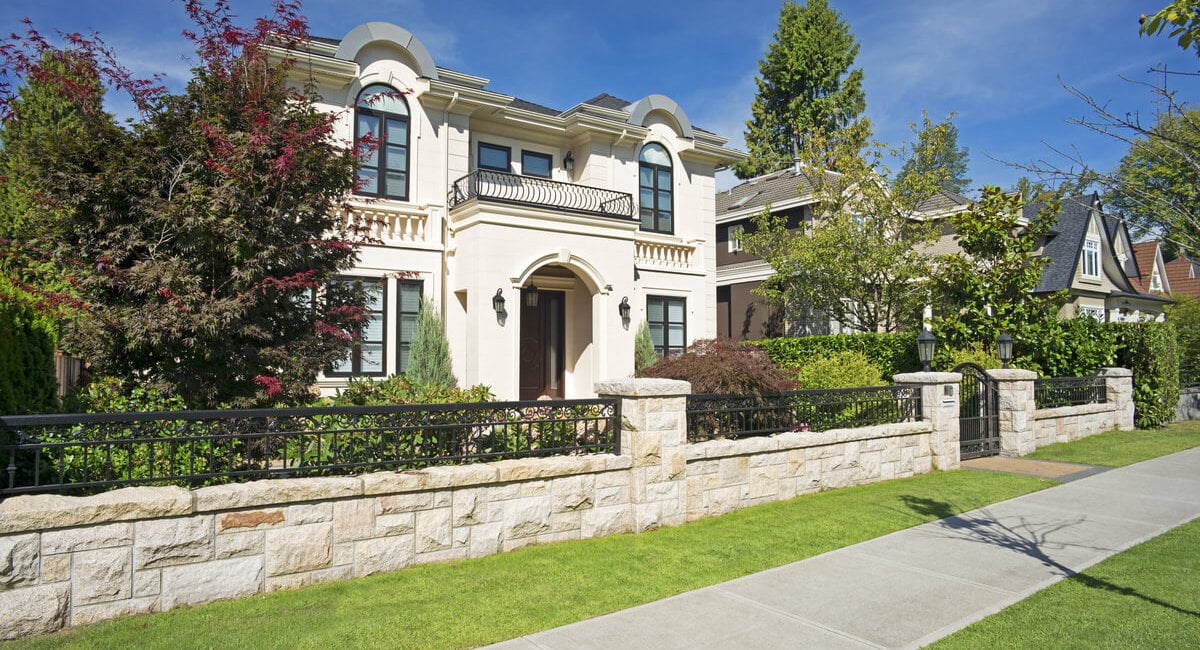
2. Community Amenities
Access to quality amenities can elevate your daily life. Fortunately, the greater Onslow County area offers a wide range of options for recreation, relaxation, and community connection.
-
Jacksonville Recreation and Parks maintains over 20 parks, scenic walking trails, public athletic complexes, and family-friendly sports facilities.
-
Swansboro’s historic downtown enchants with its charming boutiques, local seafood restaurants, and direct access to Hammocks Beach State Park, a hidden gem known for its unspoiled beach and kayaking routes to Bear Island.
-
The Richlands Library, New River YMCA, and numerous local farmers’ markets serve as community hubs offering programs, produce, and events for all ages.
-
If you’re into outdoor adventures like kayaking, fishing, or beachcombing, towns like Hubert and Sneads Ferry put you close to pristine coastal access.
-
Just a short drive away, the beaches of Topsail Island—including North Topsail Beach, Surf City, and Topsail Beach—provide breathtaking shorelines, quiet surf, and ample opportunities for surfing, paddleboarding, and shell hunting. These barrier island beaches are a haven for those who love coastal living.
Whether you’re looking for community parks or coastal retreats, the areas surrounding Camp Lejeune offer an unbeatable combination of natural beauty and convenient amenities.
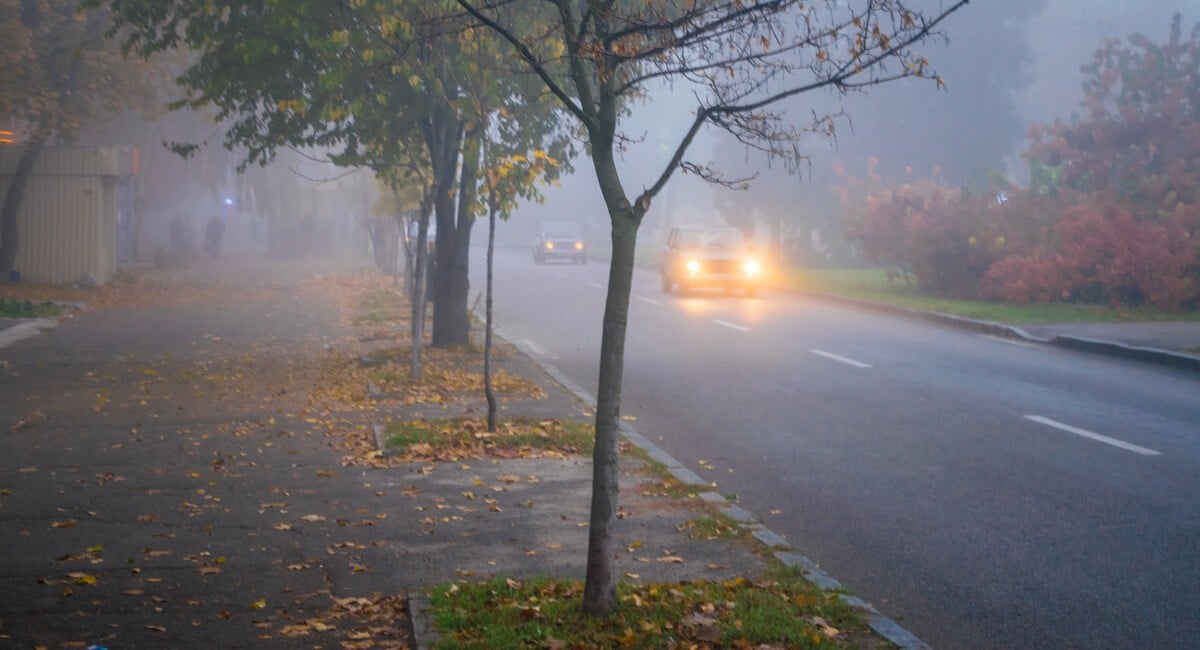
3. Transportation
Transportation to, from, and within your neighborhood can have a significant impact on your quality of life. Do you use a car for all your transportation, or do you need to live somewhere with reliable public transit? How long will your commute to work be? Is there traffic during commuting hours?
To determine whether a neighborhood has adequate transportation, do some test runs of your commute to work or other regular trips you make. Whether driving or using public transportation, these trial runs can give you a great idea of what your daily routine will look like if you move to the neighborhood.
Walkability is an important consideration for some homeowners, too. The website Walk Score evaluates the walkability of neighborhoods based on their proximity to stores and community amenities as well as their safety features, such as sidewalks, crosswalks, and streetlights.
4. Culture and Lifestyle
Every area has a unique culture, so you should consider your own lifestyle when choosing a neighborhood to live in. Culture can include nationality, ethnicity, or religion, but it’s also determined by values, communication styles, traditions, and social norms.
Talking with people who live in the neighborhood can help you get an understanding of the area’s overall culture. The local Facebook groups and Nextdoor pages can also show you how people in the neighborhood communicate, what values they share, and what they do for fun.
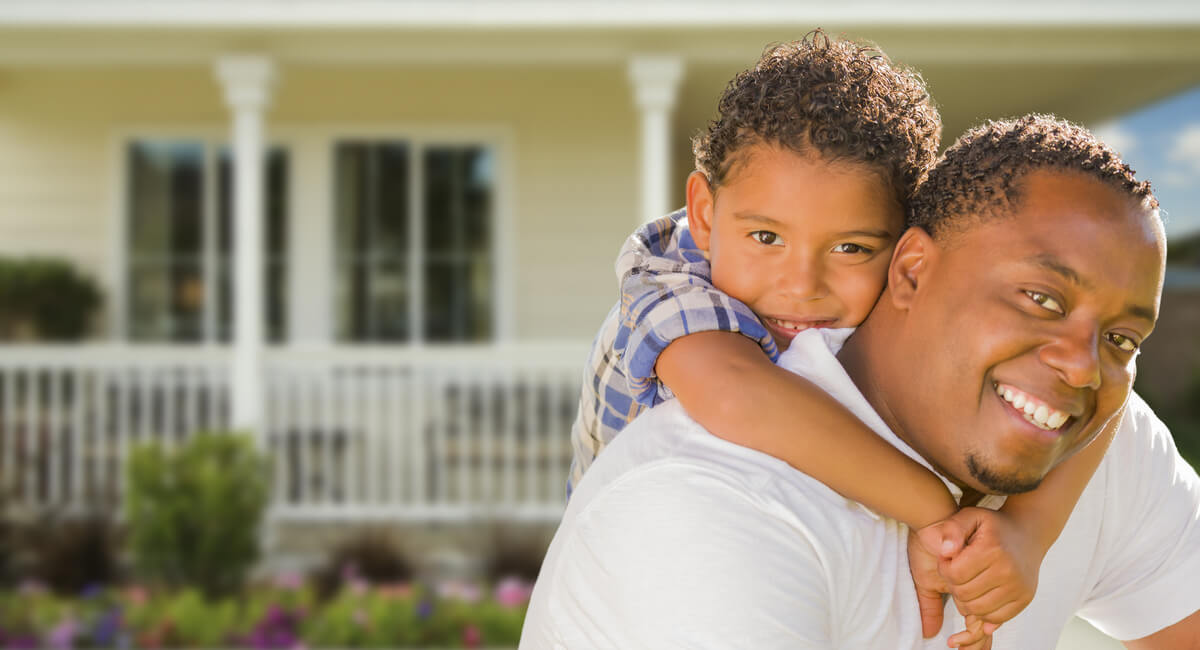
5. Schools
If you have children or plan to have children, the quality of the local schools is probably one of your biggest considerations when evaluating a neighborhood. Websites like GreatSchools and Niche offer a wealth of information on school ratings. The following are some of the metrics that can help you determine the quality of a school district:
- Graduation rates
- Test scores
- Student-to-teacher ratios
- Attendance rates
- Class sizes
- Sports and extracurriculars
Even if you don’t plan to have children, purchasing a home in a good school district has its benefits. Property values tend to rise faster in neighborhoods with strong schools, so your home will likely have great resale value.

6. Safety
Looking at the safety statistics for a neighborhood can also help guide your decision. Not only is safety important for your own personal well-being, but it can impact the value of your home.
There are a number of crime mapping websites that show the frequency of crimes in any neighborhood. For example, SpotCrime collects data from police reports and allows you to search by zip code or address. Facebook, Nextdoor, and other social media sites can also be a good way to gauge local crime rates and whether residents are concerned about their safety.
Keep in mind that the number of crimes in an area will be correlated to its population. If you compare a larger city and a smaller town, the larger city will appear to have more crime. However, the city may actually have fewer crimes per person than the small town.

7. Cost of Living
Living near the coast doesn’t have to break the bank:
-
Richlands and Maple Hill offer some of the most affordable home prices.
-
Swansboro and Sneads Ferry are slightly more expensive but offer coastal access and higher resale value.
-
Jacksonville provides a wide range of housing for every budget, from base housing to upscale homes.
Keep property taxes, homeowner insurance (especially for flood zones), and HOA fees in mind.
8. Future Growth
Neighborhoods like Sneads Ferry and Swansboro are seeing rapid growth, with new subdivisions, shopping centers, and schools under development. This signals rising home values and improved amenities.
Jacksonville continues to expand its retail and housing developments, especially near the Western Boulevard corridor. If you’re looking for investment potential, keep your eye on growth indicators like new roadways, shopping centers, or zoning approvals.
Choosing a neighborhood around Camp Lejeune means balancing practical needs with lifestyle desires. Whether you’re drawn to the peaceful pace of Richlands, the beachside beauty of Swansboro, or the energetic pulse of Jacksonville, there’s a place where you’ll feel at home.
By focusing on key aspects—like schools, safety, amenities, and future growth—you can make a confident decision that suits both your present lifestyle and future goals.
